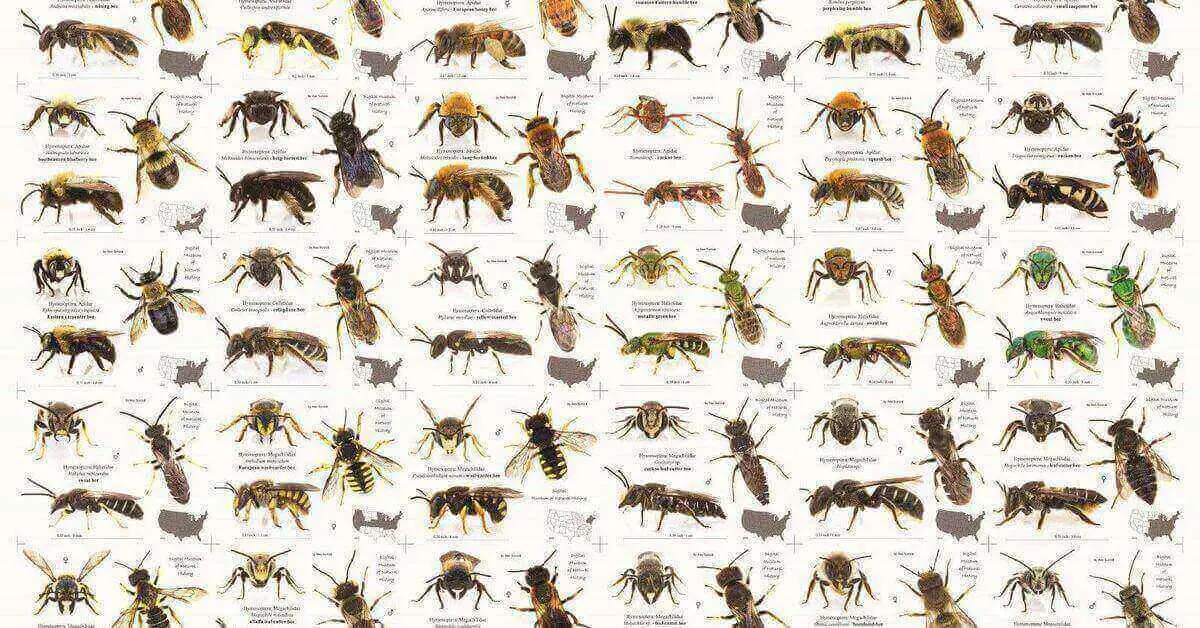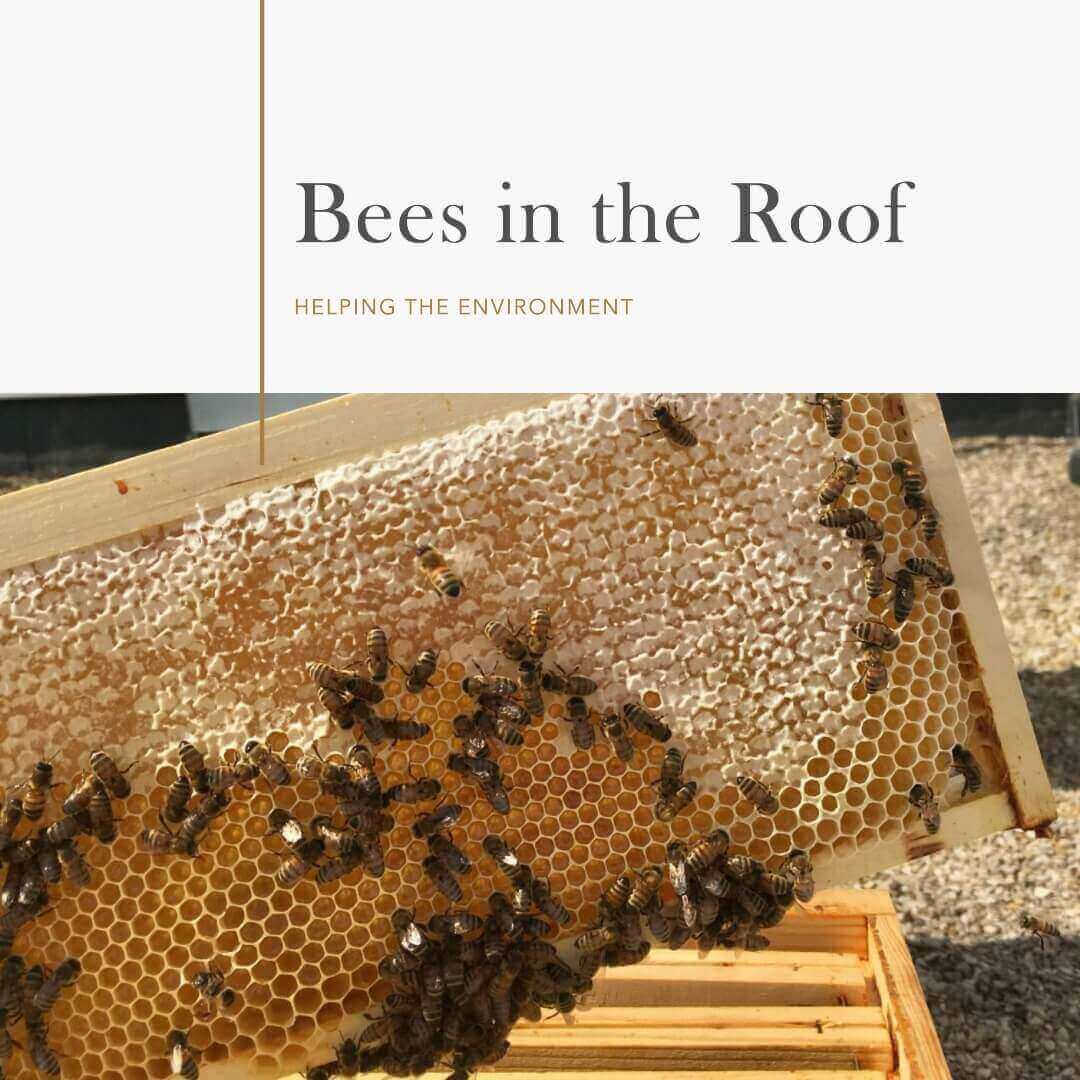The name of Osmia bees, also known as Mason bees, or the scientific name of mason bees, is Osmia bees. According to USDA, 450 species of Osmia bee are present worldwide. Of all these Osmia bees, the mason bee is the most famous. In Canada and America, 110 Osmia bee species are present. Almost everyone knows about mason bees. In this article, you can learn about mason bees and their types.
About Mason or Osmia Bee
The Scientific name of the mason bee is Osmia which prefers it to the Megachilidae family.
What is meant by Osmia? Osmia refers to the odor used to attract other bees to the nest. Every Mason bee makes its own odor.
Size
The size of Osmia bee is 8 to 13 mm.
Nesting
They like to build nests in wood and also live in the ground. Osmia is a solitary bee.
As Pollinator
Like to pollinate Flowers, plants, fruits and vegetables.
History of Osmia bee
In 1940 researchers found Osmia bees for the first time in japan. In Japan, this bee is famous for pollination. Japanese farmers use Osmia for pollination in apples. From 1975 to 1977 Osmia was discovered in the United States. Farmers in the United state use this bee to pollinate fruits. During this time, the Osmia bee species was introduced to many other countries.
The difference between Male and Female Mason Bee.
Male Osmia bees are smaller in the body than Female bees. They have brown hair on their body. The Males have longer antennae, and their body color is not as bright as females.

Unlike male bees, females have larger bodies, and their body color is Shinier than male bees. Female Osmia bee has large black and yellow hairs on its body.
Osmia Bees Nests
Mason or Osmia bees have different nesting habits. Some species build their nests in the ground, and some in trees. Ground bees used mud to build their nest. Those bees which build nests in trees create small holes in trees where they lay eggs and grow new larvae. Usually, female Osmia bee build nests in wood. One Habit of mason bees is different from other bees. They collect pollen and nectars and put them all around their eggs which helps larvae to grow fast.
Sting Habits
Usually, Solitary bees do not like to sting. Osmia bees are one of them; they are solitary and not interested in the sting. They are less stinger or aggressive than other bees and do not try to attack any person without any reason.
Osmia Bee Pollination
At the point when we consider fertilization, the main word that strikes a chord is honey bees. Because bees are the best pollinators, and bees do all pollination. If we talk about Osmia bee pollination, they are good pollinators. In general, Farmers know best about mason bee pollination. Mason bees and bumblebees, top pollinators in the ecosystem, pollinate plants, flowers, and fruits as they are found in crops.
Related Articles:
- Osmia atriventris: Lifecycle, Nesting, and Pollination
- Osmia Lignaria Life Cycle: From Egg to Adult Bee
- How many Bees are in the world?
Horned Osmia bee
This bee has long horned faced. Because of their solitary condition, they live on the ground. Male and female hornets both build nests. The maximum length of their nest is 100 meters. Usually, His nests are present in crop fields. In spring, females, and males mate with each other for new larvae. They have the ability to reduce the temperature in winter.
Flowering pollination.
We known this bee species for flowering pollination. They can visit 2200 different flowers in a day. Most of them stay on one flower for 3 to 6 minutes. When the sun appears, they leave their nests for pollination.
Facts about Osmia bees.
Red mason female bees collect pollen with their legs. They also collect and store it in their body’s inner side, called pollen brush.
FAQS
Do Osmia bees sting humans?
Osmia bees are not aggressive and rarely sting humans, making them generally safe to be around.
How can I attract Osmia bees to my garden?
To attract Osmia bee’s, plant native flowering plants and provide nesting sites like bee houses or drilled wood blocks.
Are Osmia bee’s affected by pesticides?
Yes, like other bees, Osmia bee’s can be harmed by pesticides. Using bee-friendly gardening practices is essential for their conservation.
Can Osmia bee’s be kept for pollination like honey bees?
Yes, Osmia bee’s can be managed and used for crop pollination, especially in orchards and agricultural settings.
Do Osmia bees produce honey like honey bees?
No, Osmia bee’s do not produce honey. They collect pollen and nectar primarily for their own offspring.
Are Osmia bees declining in population like honey bees?
Osmia bee populations are also facing threats like habitat loss and pesticide use, which can lead to declines in their numbers. Conservation efforts are important.
Conclusion
Usually, bees are known by their scientific name. Osmia and mason bees are the same bee species. The main difference discussed in this article is their male, female, nesting, and pollination differences. I hope you will enjoy this information.




